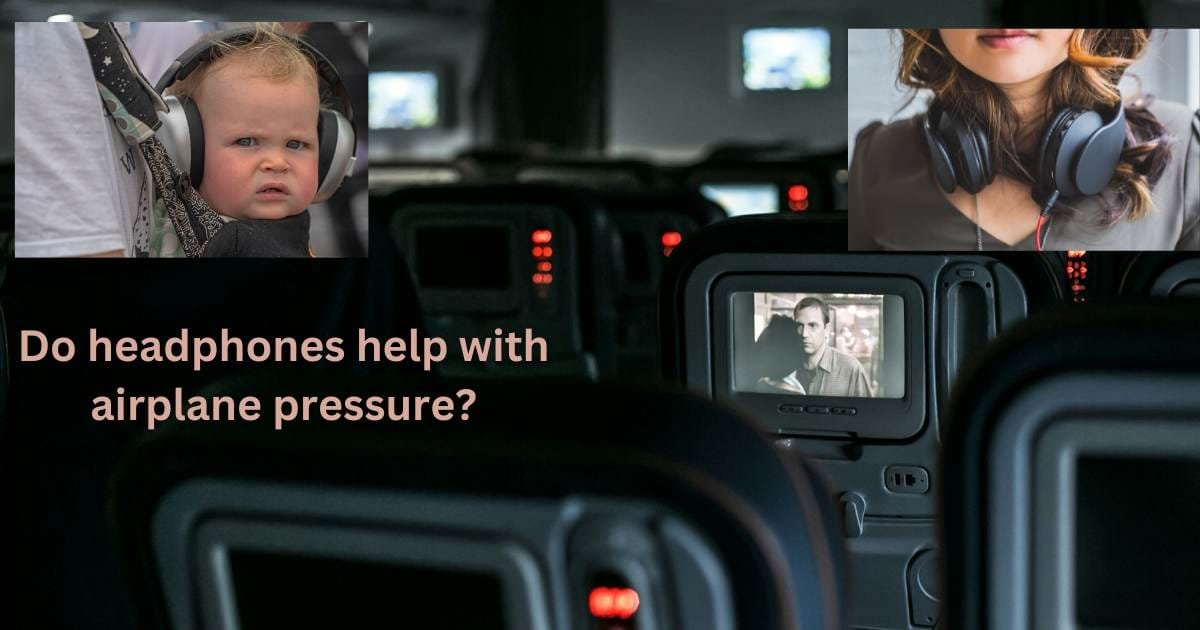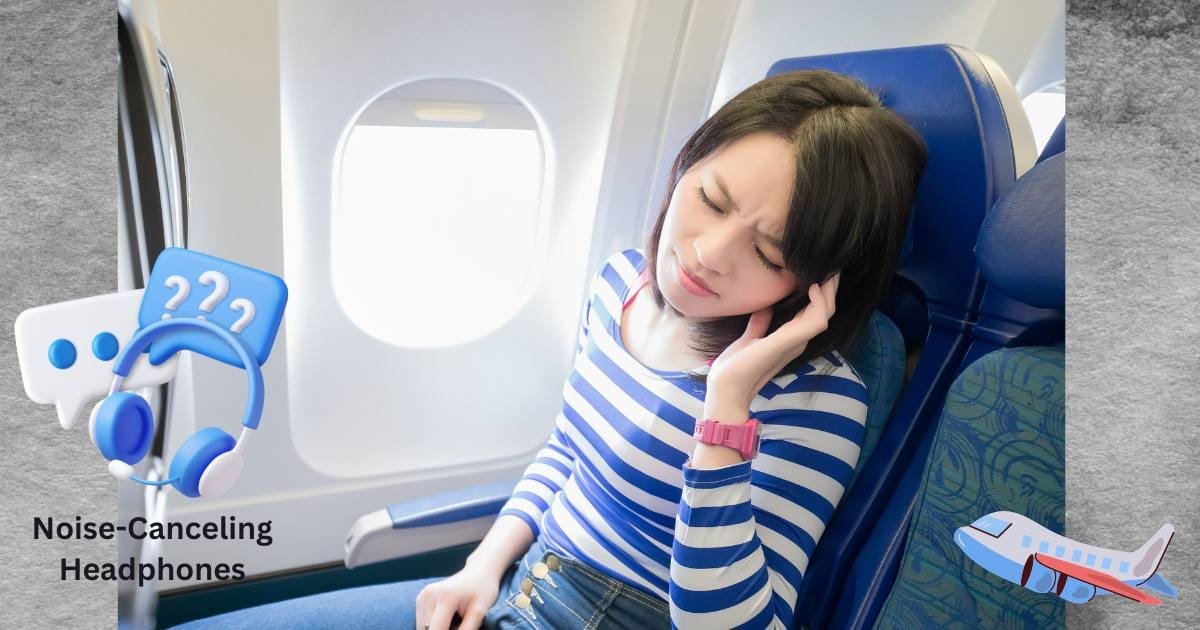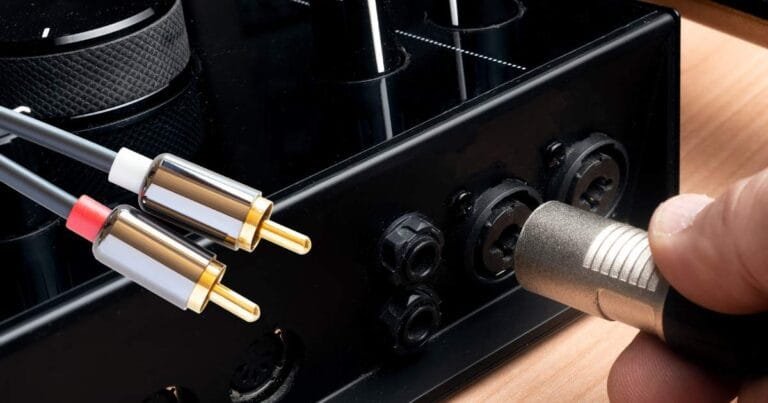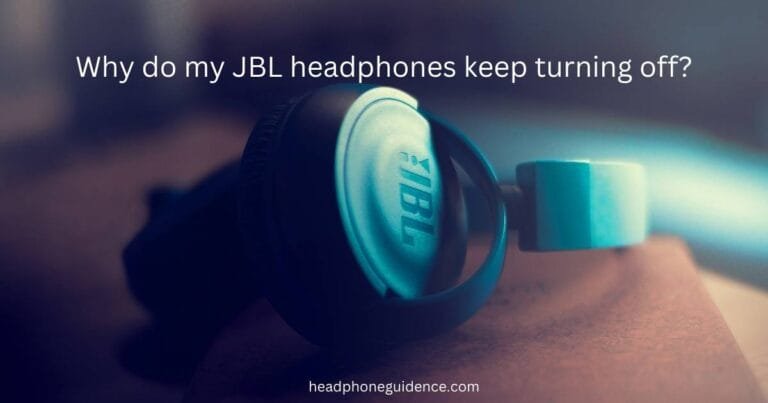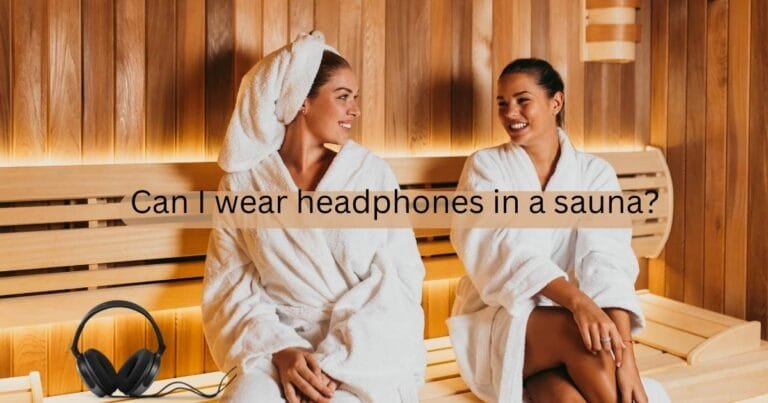Do headphones help with airplane pressure?
Welcome aboard! If you’ve ever flown on an airplane, you’re probably familiar with the uncomfortable feeling of air pressure changes during the flight. The popping ears blocked sinuses, and that strange sensation makes your head feel like it’s about to explode – we’ve all been there. But fear not! In this blog post, we’ll explore how headphones can come to your rescue and make those long flights a little more bearable. So sit back, relax, and delve into airborne ear comfort. Yes, you read that right – ear comfort is now a thing!
Understanding the impact of air pressure changes during flights
Air pressure changes during flights can significantly impact our ears and sinuses. As the plane ascends or descends, the air pressure fluctuates, causing a difference between the pressure inside and outside our ears. This can lead to discomfort, pain, and the dreaded feeling of plugged ears.
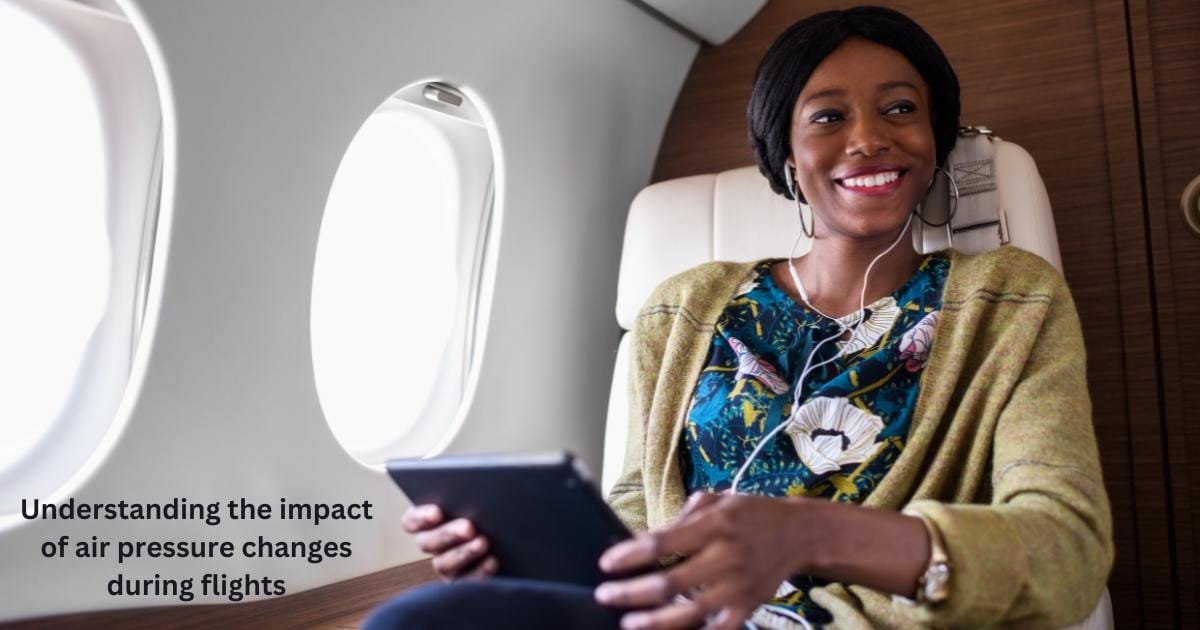

When we experience these changes in air pressure, our Eustachian tubes – small passageways connecting the middle ear to the back of the throat – play a crucial role in equalizing this pressure. However, sometimes they don’t function as efficiently as we’d like. And that’s where headphones come into play!
Believe it or not, wearing headphones during takeoff and landing can help alleviate air pressure discomfort. How? Well, when you wear over-ear or noise-canceling headphones, they create a seal around your ears. This helps trap some cabin air inside your ear canal and effectively reduces the sudden change in external air pressure.
In addition to providing a snug fit around your ears, certain headphones also emit low-frequency noises that can counteract some of those uncomfortable sensations caused by rapid altitude changes. The gentle humming from active noise cancellation technology creates an equilibrium within your inner ear and minimizes potential pain or discomfort.
But what about those trusty earbuds? While they may offer some relief for mild air pressure issues due to their smaller form factor than over-ear headphones (which allow more ambient noise), they are generally less effective at reducing discomfort during extreme altitude variations.
So remember: next time you’re preparing for takeoff or descent on an airplane journey, consider packing those cozy over-ear headphones with active noise-cancellation capabilities! Your travel companions might think you’re just vibing with your favorite tunes but little do they know – you’re taking care of your precious eardrums!
How Do headphones help with airplane pressure?
Air pressure changes during flights can be a source of discomfort for many passengers. The feeling of fullness or pain in the ears due to these pressure changes can make air travel less enjoyable. However, a simple solution can help alleviate this discomfort – headphones!
When you wear headphones during your flight, they create a barrier between your ears and the surrounding cabin environment. This barrier helps to equalize the air pressure inside and outside your ear canal, reducing the strain on your eardrums.
Different types of headphones are available, such as over-ear, in-ear, and noise-canceling headphones. Each type has its own benefits in alleviating air pressure discomfort.
Over-ear headphones provide a snug fit over your ears and create a seal that helps regulate air pressure more effectively. In-ear headphones also offer similar benefits by creating a tight seal within the ear canal.
Noise-canceling headphones not only provide relief from background noise but also assist in reducing the impact of air pressure changes during flights.
To make the most out of using headphones for relieving air pressure discomfort, consider some tips:
- Choose comfortable and well-fitting headphones.
- Adjust the volume to an appropriate level to avoid further damage to your hearing.
- Take breaks from wearing them if you start feeling uncomfortable.
- Consult with experts or read user reviews before purchasing any specific type or brand.
While using headphones helps manage air pressure discomfort, it’s important to remember that everyone’s experience may vary based on individual factors like sensitivity levels and overall health conditions affecting their sinuses or ears.
In conclusion (not concluding), wearing suitable headphones during flights can effectively alleviate air pressure discomfort while traveling by plane!
Different types of headphones and their effectiveness
Different headphones offer various levels of effectiveness when alleviating air pressure discomfort during flights. One popular option is over-ear headphones, which provide a snug fit and help block out external noise. These headphones create a seal around the ears, helping to equalize the pressure inside and outside the ear.
Another type of headphones that can be effective is in-ear or earbud-style headphones. These are smaller and more compact, making them easy to carry while traveling. They also have the added benefit of providing passive noise cancellation by blocking out ambient sounds.
Noise-Canceling Headphones
Noise-canceling headphones take things up a notch by actively reducing external noise using advanced technology. By creating sound waves that cancel out incoming sound waves, these headphones can significantly reduce cabin noise and make your flight more comfortable overall.
Wireless Bluetooth headphones are another great option for flying. Without any wires getting tangled up, you can move freely without worrying about restrictions or inconvenience.
The effectiveness of different types of headphones will vary depending on personal preference and individual comfort levels. Finding a pair that fits well and offers adequate noise reduction for your specific needs during air travel is essential.
Related: 10 Noise-Canceling Headphones For Long-Haul Flights
Tips for using headphones during flights
1. Choose the Right Type of Headphones:
When it comes to alleviating air pressure discomfort, not all headphones are created equal. Opt for noise-canceling headphones or over-the-ear headphones that provide a good seal, as they can effectively block out external sounds and create a more immersive audio experience.
2. Adjust the Volume Carefully:
While it may be tempting to crank up the volume to drown out airplane noise, it’s important to be mindful of your hearing health. Keep the volume at a moderate level to avoid any potential damage.
3. Use Relaxing Music or White Noise:
Playing calm and soothing music during your flight can help relax your mind and distract you from any discomfort caused by air pressure changes. Alternatively, you can also try listening to white noise or ambient sounds which can create a peaceful atmosphere.
4. Take Breaks from Wearing Headphones:
Even though headphones are great for reducing cabin noise, prolonged use can lead to ear fatigue. Remember to take regular breaks from wearing them and give your ears some rest.
5. Be Mindful of Others:
If you’re traveling with others or sitting in close proximity to fellow passengers, be considerate of their space and keep the volume at an appropriate level so as not to disturb them.
6. Carry Spare Batteries or Charging Cables:
To ensure uninterrupted usage throughout your flight, have spare batteries or charging cables handy for wireless headphones.
By following these tips when using headphones during flights, you’ll enjoy better sound quality and find relief from air pressure discomfort in a more comfortable way! So grab your favorite pair of headphones before boarding your next flight and embark on a truly enjoyable journey!
Other methods for dealing with air pressure changes on airplanes
1. Swallowing: One of the simplest and most effective methods to equalize pressure in your ears is swallowing. This can be done by chewing gum, sucking on candy, or simply swallowing your saliva.
2. Yawning: Another natural technique to alleviate ear discomfort is yawning. Opening your mouth wide and stretching your jaw muscles can help equalize the pressure in your ears.
3. Valsalva maneuver: This technique involves closing your mouth and pinching your nose while gently exhaling through your nostrils. This helps to regulate the air pressure in the middle ear.
4. Earplugs: If you prefer not to use headphones, wearing specialized earplugs during takeoff and landing can also help minimize the impact of air pressure changes on your ears.
5. Nasal decongestants: Using nasal decongestant sprays or drops before boarding for those who experience sinus congestion during flights can help reduce inflammation and improve airflow.
6. Stay hydrated: Drinking plenty of water before and during a flight helps keep mucus membranes moist, preventing dryness in the nasal passages and reducing discomfort caused by air pressure changes.
Remember that these methods may work differently for each individual; it’s important to find what works best for you when dealing with airplane air pressure changes.
The importance of consulting a doctor before flying with ear or sinus issues
Consulting a doctor before flying with ear or sinus issues is paramount to ensure a safe and comfortable journey. Ear and sinus problems can be exacerbated by changes in air pressure during flights, leading to intense pain and discomfort. It is essential to seek medical advice as the doctor can assess your condition and provide appropriate guidance.
An experienced healthcare professional will evaluate the severity of your condition and determine if it is safe for you to fly. They may recommend certain precautions or treatments that can help alleviate symptoms during the flight. This could include using specific medications, nasal sprays, or decongestants.
Additionally, a doctor can offer personalized advice based on your health history. If you have any underlying conditions such as allergies or chronic sinusitis, they may suggest preventive measures to minimize the impact of air pressure changes.
Remember that each person’s situation is unique, so it is vital not to rely solely on general information found online or from anecdotal experiences. Consulting a qualified medical professional ensures that you receive accurate information tailored specifically to your needs.
Taking proactive steps by consulting with a doctor prior to flying helps safeguard your health and allows you to enjoy your journey without unnecessary discomfort. So don’t hesitate to make an appointment with your healthcare provider before your trip!
Conclusion:
Enjoying a Comfortable Flight with the Help of Headphones
Air travel has become a common means of transportation in today’s fast-paced world. However, one aspect that can make flying uncomfortable for many passengers is the change in air pressure during flights. The feeling of blocked ears or sinus pain can be distressing and affect the flying experience.
Fortunately, there are ways to alleviate this discomfort, and headphones can play a significant role in helping you have a more pleasant journey. By understanding how headphones can help with airplane pressure, choosing the right type of headphones, and following some simple tips, you can enjoy your flight without worrying about ear or sinus issues.
Different types of headphones offer varying degrees of relief from air pressure changes. Over-ear headphones provide excellent passive noise cancellation and effectively block out external sounds during takeoff and landing when the cabin pressure changes rapidly. They also create an acoustic seal around your ears which helps equalize the air pressure inside your ear canal.
On-ear headphones are another option that offers decent noise isolation while still being compact and portable. These may not provide as much passive noise cancellation as over-ear models but still contribute to reducing discomfort caused by fluctuating air pressures.
For those who prefer something more discreet or want additional features like wireless connectivity, in-ear headphones (also known as earbuds) are worth considering. They fit snugly into your ear canal and are compact and easy to carry around while traveling. Some models even have active noise cancellation technology that reduces ambient noise levels.
To maximize the benefits of using headphones during flights:
1. Use high-quality noise-canceling headphones:
Investing in good quality over-ear or on-ear headphones with active noise cancelation will significantly reduce outside noises and distractions.
2. Listen at moderate volume levels:
Keep your headphone volume at reasonable levels to prevent any potential damage to your hearing.
3. Chew gum or yawn:
These actions can help equalize the pressure in your ears and alleviate discomfort.
FAQS
1. Do headphones help with airplane pressure?
Are you planning your next adventure and counting down the days until takeoff? Traveling by plane can be an exhilarating experience, but it’s not without challenges. One common issue many flyers face is ear pain caused by changes in air pressure during the flight. But fear not! We’re here to explore whether headphones can help alleviate this discomfort and provide you with some tips on how to avoid ear pain while soaring through the skies. So sit back, relax, and dive into this high-flying topic together!
2. Do headphones help with airplane pressure baby?
When traveling with a little one, ensuring their comfort and well-being is always a top priority. So, do headphones help with airplane pressure for babies? The answer may surprise you.
While headphones themselves may not directly alleviate the pressure in a baby’s ears during flights, they can certainly provide distraction and comfort. Many parents opt to use noise-canceling headphones or soft over-ear headphones for their infants during air travel. These can help drown out loud noises that could startle or bother your baby, making the journey more enjoyable.
Additionally, some parents find that playing gentle music or white noise through the headphones helps lull their little ones into relaxation mode. This can be especially helpful during takeoff and landing when changes in cabin pressure are most noticeable.
However, it’s important to note that every child is different, and what works wonders for one might not have the same effect on another. It’s always best to consult with your pediatrician before using any accessories on your baby during flights.
So while wearing headphones won’t magically equalize the pressure in their tiny ears, they can serve as a helpful tool in keeping your little one calm and content throughout the flight. Happy travels!
3. Do AirPods Help with Airplane Pressure?
Air travel can be an exciting and convenient way to get from one place to another. However, for some people, the change in air pressure during a flight can cause discomfort and pain in their ears. This is commonly known as airplane pressure or ear popping.
Many travelers wonder if wearing AirPods or other headphones can help alleviate this issue. While there is no definitive answer, some individuals find that using headphones during a flight helps reduce ear discomfort caused by changes in air pressure.
The theory behind this is that headphones create a snug fit around the ears, which may help equalize the air pressure inside and outside the ear canal. By creating a barrier between your ears and the environment, it’s possible that wearing AirPods could lessen the intensity of ear-popping sensations.
However, it’s important to note that everyone’s experience with airplane pressure varies. What works for one person may not work for another. Factors such as congestion or sinus issues can also increase discomfort during flights.
If you’re considering using AirPods or any other type of headphone to mitigate airplane pressure symptoms, it’s recommended to consult with your healthcare professional before doing so. They can provide personalized advice based on your specific situation.
While some individuals report finding relief from airplane pressure by using headphones like AirPods during flights, results may vary depending on individual factors. It’s always best to seek guidance from a healthcare professional when dealing with any flying-related medical concerns.
4. Do headphones stop ears from popping?
One common discomfort experienced during air travel is the sensation of ears popping. The change in cabin pressure can cause pain and pressure in the ears, which can be uncomfortable. Many people wonder if wearing headphones can help alleviate this issue.
While there is no definitive answer to whether headphones specifically stop ears from popping, they may offer some relief. Wearing headphones on a flight creates a barrier between your ear canal and the outside environment. This barrier can potentially help equalize the pressure more slowly, allowing your ears to adjust gradually.
Moreover, listening to music or watching movies with headphones can also distract from any discomfort or anxiety associated with flying. By diverting your attention elsewhere, you may be less focused on any sensations in your ears.
However, it’s important to note that wearing regular headphones alone might not completely eliminate ear popping entirely for everyone. Combining multiple strategies for managing ear discomfort during flights is always best.
While headphones may offer some relief from ear popping while traveling by air, it’s not a guaranteed solution for everyone. Try various techniques such as swallowing frequently or using specialized products like “EarPlanes” alongside headphones for optimal comfort during flights.
5. How do you avoid ear pain during a flight?
Flying can be an exciting experience, but it can also come with some discomfort, such as ear pain caused by changes in air pressure. Thankfully, there are ways to alleviate this discomfort and enjoy your flight without any worries.
One effective method is to use specialized earplugs called Earplanes. These innovative plugs help equalize the pressure in your ears during takeoff and landing, reducing the chances of experiencing ear pain. They regulate airflow inside the ears, allowing a smoother adjustment to changing altitudes.
Another technique that can provide relief is swallowing or yawning. This helps open up the Eustachian tubes in your ears and allows air to flow freely, equalizing the pressure more naturally. Chewing gum or sucking on candies can also encourage swallowing and relieve any built-up pressure.
Additionally, staying hydrated throughout your flight is essential. Drinking plenty of water keeps your body properly moisturized and helps prevent dryness in the nasal passages and throat, which could contribute to ear pain.
Avoiding caffeine and alcohol before flying is advisable as they may cause dehydration. Opt for non-alcoholic beverages instead like herbal tea or water infused with fruits for added flavor.
By following these simple tips – using Earplanes if needed, practicing frequent swallowing or yawning techniques when necessary, and staying hydrated throughout the flight –, you can greatly reduce the likelihood of experiencing ear pain during travel.

